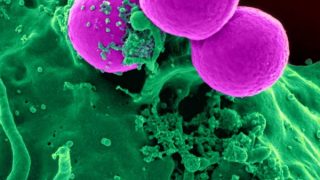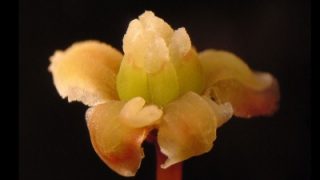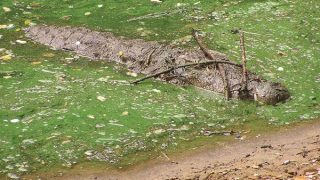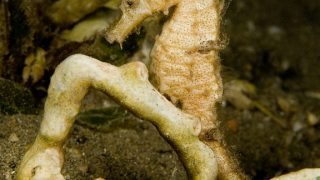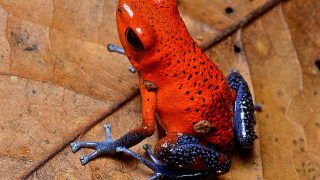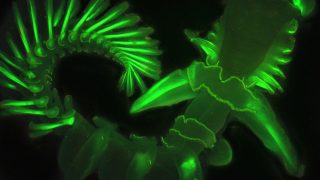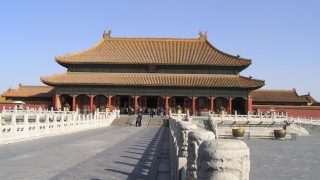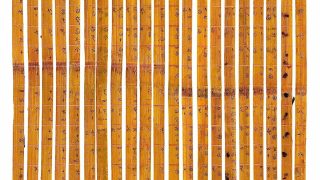
MI weekly selection #57
Humanities & Social Sciences • Science • Technology • Weekly Selection
Ancient strips of bamboo hold multiplication table A multiplication table in base 10 has been revealed in ancient strips of bamboo found in China that date back to around 305 B.C. About 2,500 bamboo strips were donated to Tsinghua University in Beijing five years ago, and researchers discovered ancient Chinese calligraphy written on the strips […]

